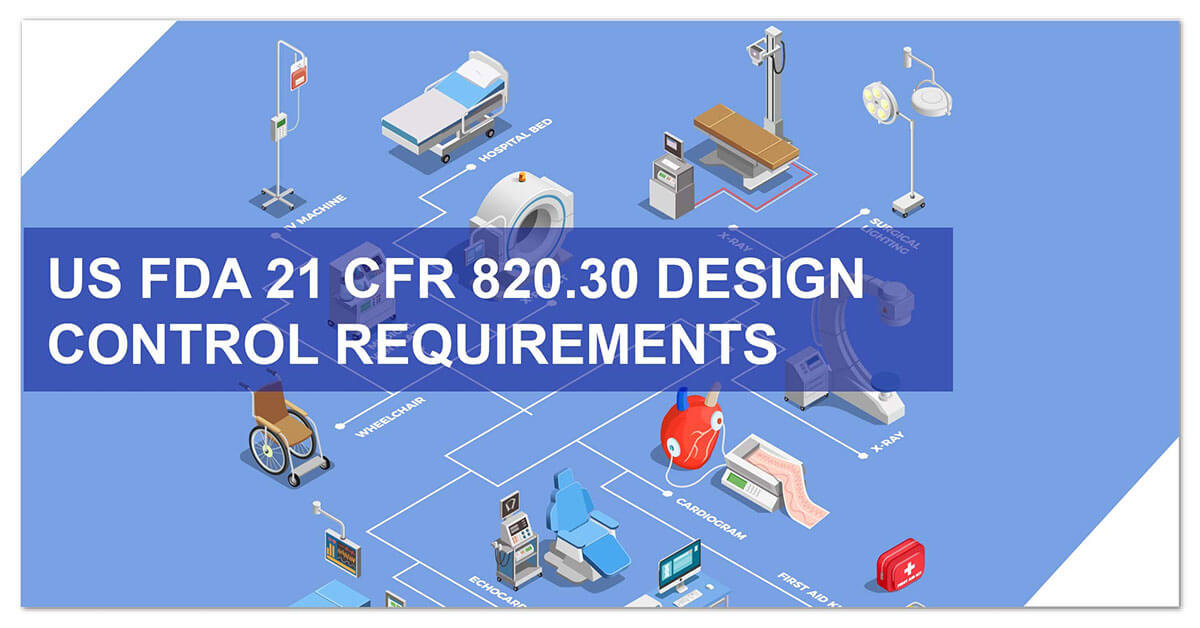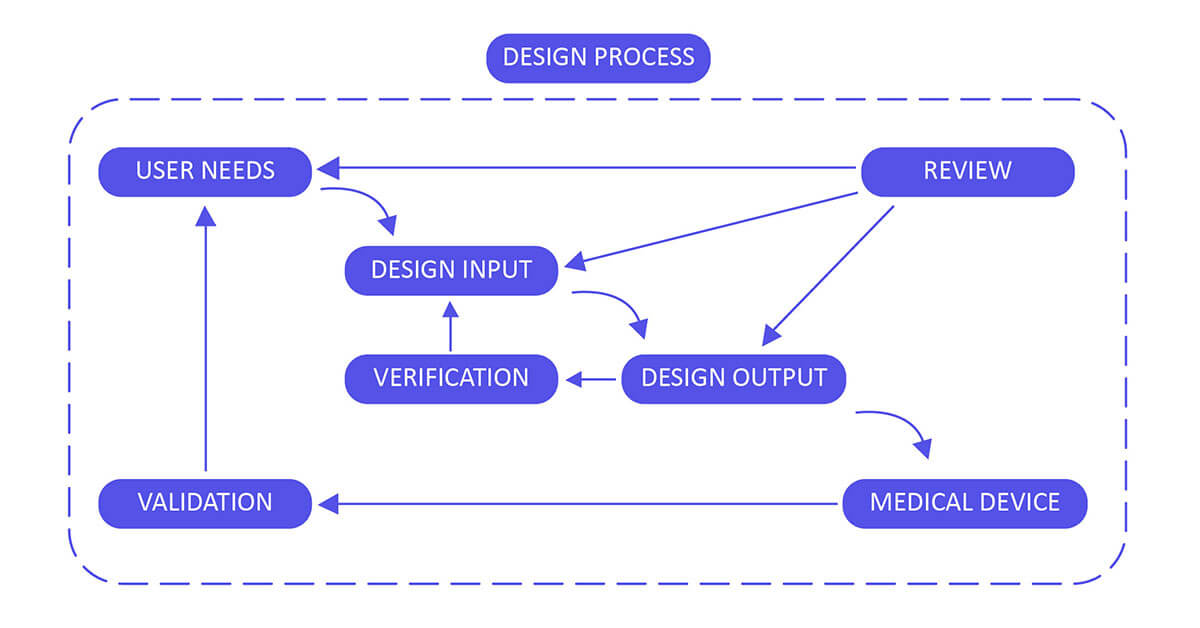US FDA 21 CFR 820.30 Design Control Requirements
What Does US FDA 21 CFR 820.30 Design Control Entail?
The design control requirements outlined in FDA 21 CFR Part 820.30 are crucial in the development of medical devices, as a flawed design can render a device ineffective or unsafe, leading to non-approval or clearance by the regulatory agency. During the design phase, an outlined design control process must be initiated and implemented as part of the Quality System Requirement. Essentially, design controls involve logical steps to ensure that the final product aligns with the intended design and meets the needs and expectations of the customer.

As per the guidance provided in 820.30, medical device manufacturers in Iran or any other country are required to establish or uphold plans detailing design and development activities.
The Process of Design Control in Medical Devices According to 21 CFR 820.30
Establish and uphold a comprehensive plan outlining design and development activities, assigning specific responsibilities for each task. Ensure regular review, updates, and approval of the plan until the device design is finalized, verified, and validated.

Looking for Medical Device Consultant?
Let’s have word about your next project
Design Input :
Use performance, safety, economic considerations, insights from risk management outcomes, and regulatory stipulations to strategize the device design, ensuring clarity regarding its purpose and intended use. Input may also be gathered through surveys of various stakeholders, such as clinicians, nurses, and patients.
Design Output :
Design output methods or particulars need to stipulate or refer to the design input document developed by the team and need to identify the critical measures/outputs for the best possible capacity of the device. These incorporate the tests and strategies that may have been produced, adjusted, or used to show conformance with the characterized configuration inputs. Examples of design outputs may include:
- The Device Itself.
- The User Manual.
- Specifications A Risk Analysis Study Results (For examples, validation and biocompatibility studies, storage).
- Technical Files.
Design Review :
Confirm the design, or identify at an opportune time and right any insufficiencies distinguished at other plan and improvement phases. Two common types of review are hazard analysis, and failure mode and effect analysis.

Design Verification :
Validate the device design through thorough examination and objective evidence, ensuring alignment of design outputs with planned inputs. Arrange design verification activities systematically, regularly reviewing and documenting the outcomes.
Design Validation :
Approve the device design plan using examination and target proof, and affirm that the last outline yield reliably meets the particular planned utilization. Design validation should follow successful design verification. Since the outline check is directed while the plan work is being performed, design validation confirms that the medical device meets its intended use. Generally, this is set up through in vitro execution, practical testing, creature testing, and additionally in vivo clinical assessments and trials.
Design Changes :
Ensure that any modifications to the design are identified, documented, approved, verified, reviewed, and endorsed before implementation.
Design Transfer :
Ensure that the design of the medical device can be correctly translated into production specifications (that is, advancing successfully from product development to manufacturing).
Design History File :
The design history file (DHF) aggregates confirm (that is, the history of the design) that demonstrates that the outline was created as per the outline of design control― specifically, the design and development plan, or the outline change design.
Professional Consulting Services for Regulatory Compliance and Optimization of Design Controls in the Medical Device Industry
Operon Strategist is the leading medical device regulatory consultant in Iran providing consultation for 21 CFR 820.30 design controls Medical Devices with extensive experience and the practical implementation of design controls regulation for developing new design control processes or for making improvements to existing processes. We assist in design controls as per US FDA and ISO 13485:2016 that can be mapped to the process that works best for the organization and the product being developed. If you need any help setting up a design control system or wish to modify an existing system to align with ISO 13485 or FDA design controls. Contact us now.
